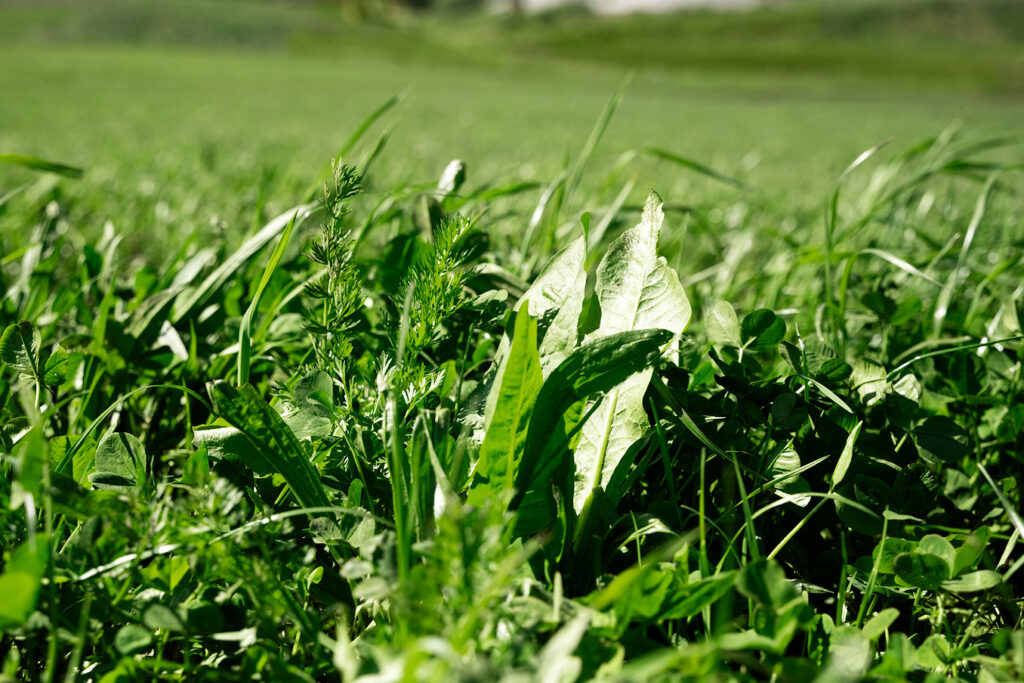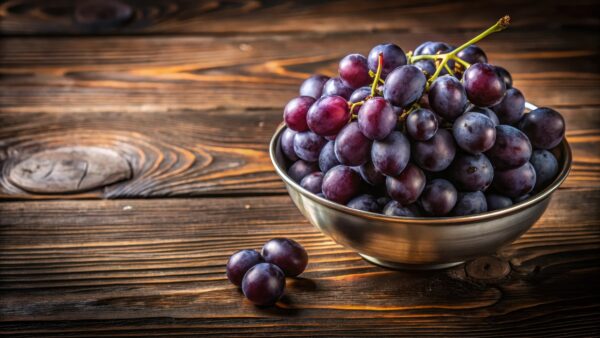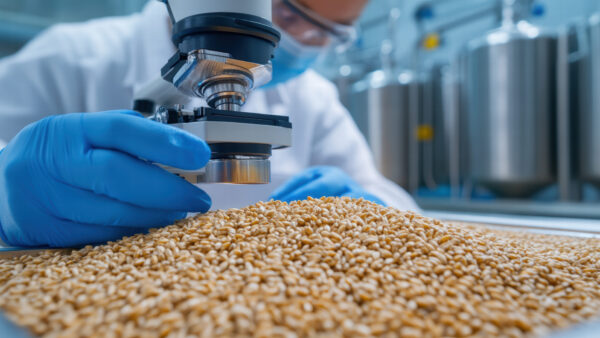Climate change is increasingly central to political agendas, media discussions, and agricultural planning. Once casual conversations about tomorrow’s weather have shifted to serious concerns about how future climate conditions will affect crop performance. With the alarming rise in extreme weather events over the past decade, there is an urgent need for crop varieties that are more resilient to these fluctuations, impacting agricultural yields and economic stability.
Future climate scenarios predict increases in temperature, drought, and flooding, along with the spread of pathogens and diseases. The challenge is whether the seed industry can keep up with these demands. While full preparedness may be challenging, significant progress has been made in developing climate-resilient crops through both species’ changes and genetic improvements.
Key conclusions from our R&D efforts emphasize:
#1. Mixtures are Essential
Mixing different species and varieties provides resilience against weather fluctuations and pathogens. For example, during the 2022 summer drought, multispecies forage mixtures tested by the University of Dublin and DLF outperformed single-species swards. While most forage swards were completely wilted the mixtures combining grasses with red clover, plantain, and chicory were still standing green and provided feed for hungry cattle. We see the same effect when grasses are grown together with alfalfa.
# 2. Skin and Roots Matter
Decades of selecting grass and legume varieties for drought tolerance have highlighted the superiority of species like 4Turf perennial ryegrass and tall fescue. These varieties have demonstrated better drought resilience, with traits like deeper rooting and reduced water loss. What we believe is that these grasses have a “skin” (epidermal layer) that lowers breathing under drought. Such discoveries are crucial for future crop development.
About eight years ago we started selecting plants specifically for deep rooting; and our findings revealed that several PLUS-grasses (festuloliums) have deep root properties that correlate well with biomass production under drought conditions. We also discovered that certain Italian ryegrass varieties had deeper root mass than any of the perennials even in the second season.
It’s crucial to amplify and share these findings with the end-users, so let’s proactively communicate what we know. We should continue screening for greater stress tolerance and strongly encourage European politicians and NGOs to approve the proposal for deregulating NGT (new genome technologies). This will equip our talented researchers and breeders with the tools they need to lead in the race for climate adaptation.






